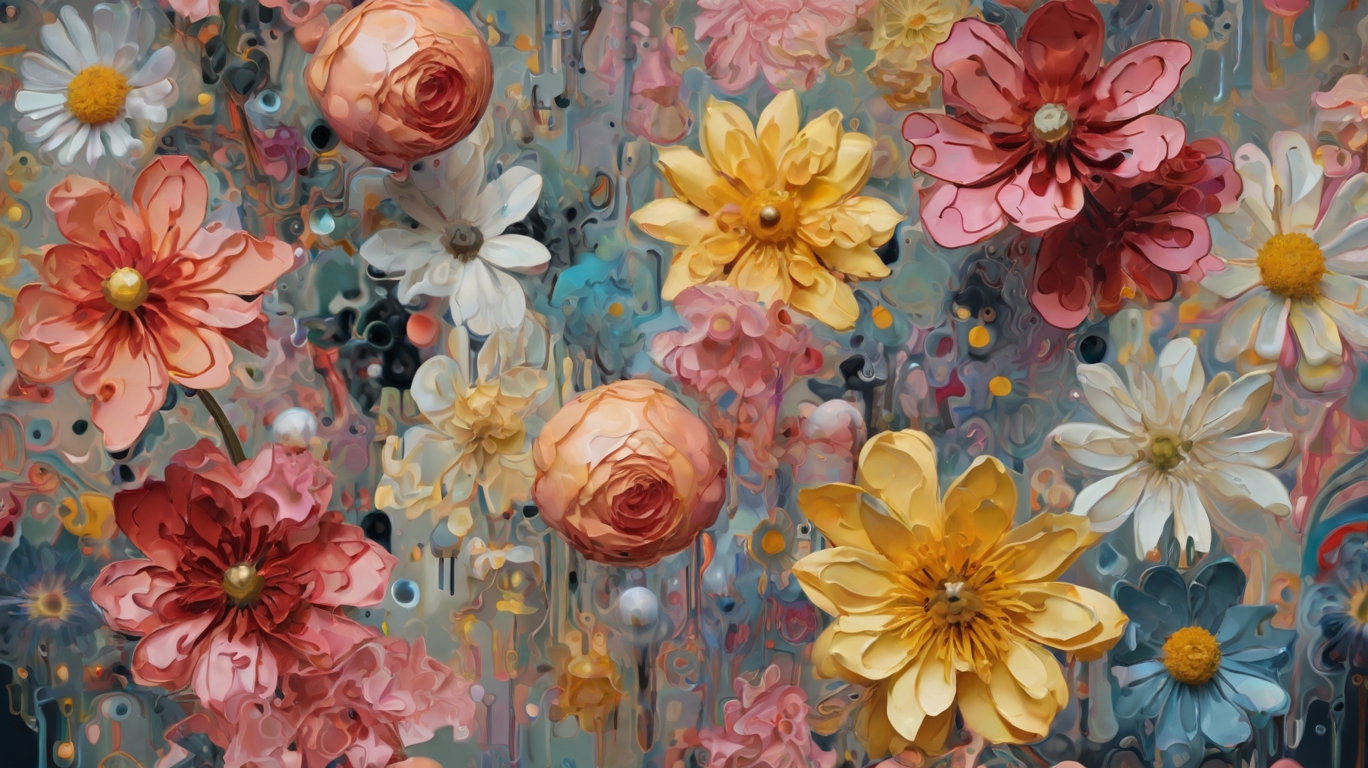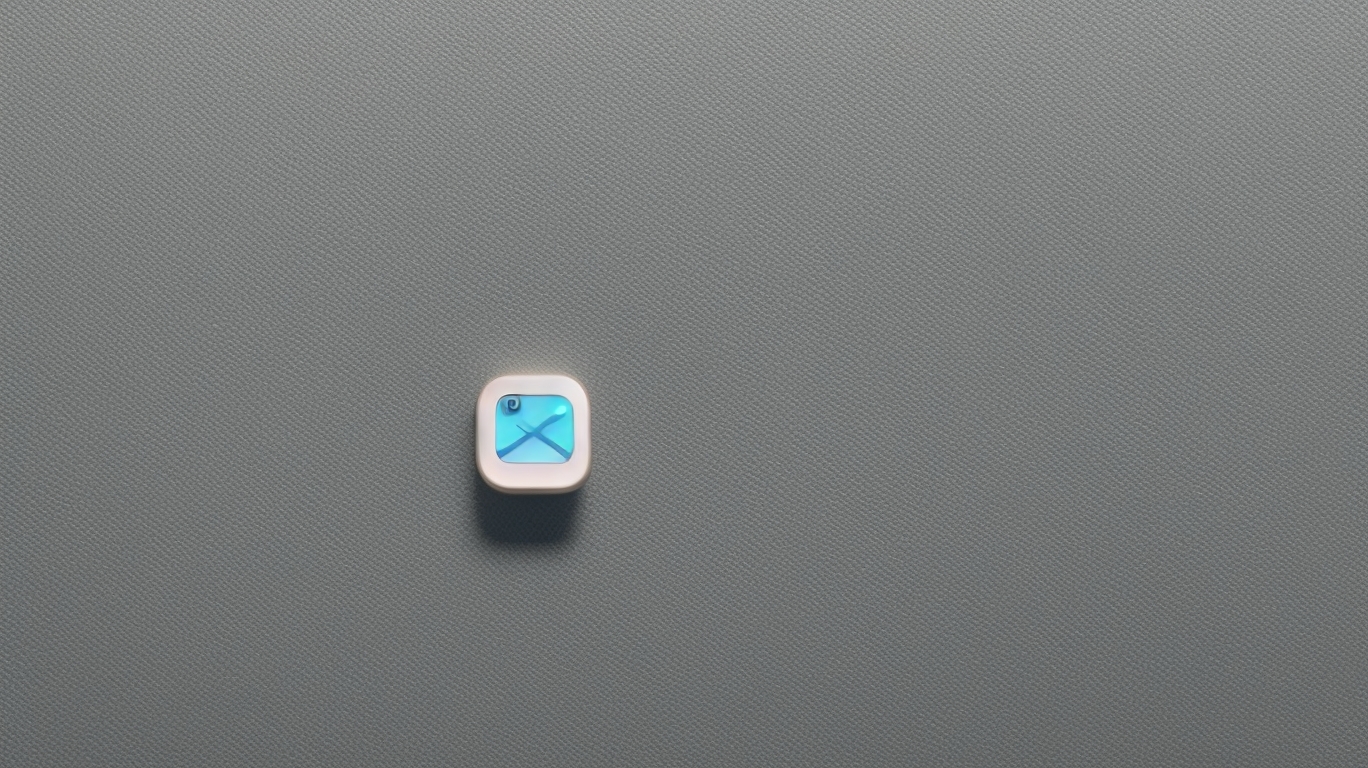Scientists Baffled as AI Flower Classifier Cripples Under Pressure, Mistakes Sunflower for Eiffel Tower
In a groundbreaking leap towards absolute confusion in artificial intelligence, developers have successfully trained a machine learning model to classify images of flowers with precision that can only be described as “mostly kind of accurate on a good day.” Utilizing the highly sophisticated MobileNetV2 architecture, the model demonstrates an uncanny ability to confuse daisies with digital representations of abstract art, pushing the boundaries of what AI can mess up.
In a process that only took several excruciating weeks and gallons of coffee, leading AI enthusiasts have finely tuned this revolutionary piece of software. “We are incredibly proud of our model that can identify tulips with nearly 63% accuracy, vastly superior to a blindfolded toddler’s performance,” one developer said, while nervously eyeing a particularly tricky picture of a poppy.
As elaborate as the system is, its operation remains straightforward: feed it a picture, and it will confidently respond with a guess so assured, one might almost believe it. “It’s a beautiful testament to the cutting-edge of computer vision technology,” claimed Dr. Icant Beleevit, an AI ethics professor, before conceding that the technology might also have other undetermined uses, such as predicting lottery numbers or decoding ancient hieroglyphs.
However, some critics argue that the model’s unpredictability is its real standout feature. In what developers are calling “creative interpretation,” the AI has also identified a chrysanthemum as what might be Bigfoot. “This isn’t just your average flower classifier,” asserted computer scientist Edith Dalias. “It’s also a full-on surrealist artist.”
John Petalstein, a renowned botanist, praised the technology’s avant-garde approach. “We’ve been trying to see flowers in the traditional way for too long. This technology asks us to imagine, what if every flower is secretly an alien artifact or a form of lost civilization?” he mused while gazing thoughtfully at a crude rendering of carnations labeled as ‘definitely a hamster.’
In conclusion, while this flower classifier might occasionally perceive the botanical world through drunk goggles, it certainly opens up new dialogues about the future of AI and its erratic interpretations of reality. As the field of artificial intelligence continues to stumble gracefully forward, we can rest assured knowing we’ll always have something amusing to look at.





